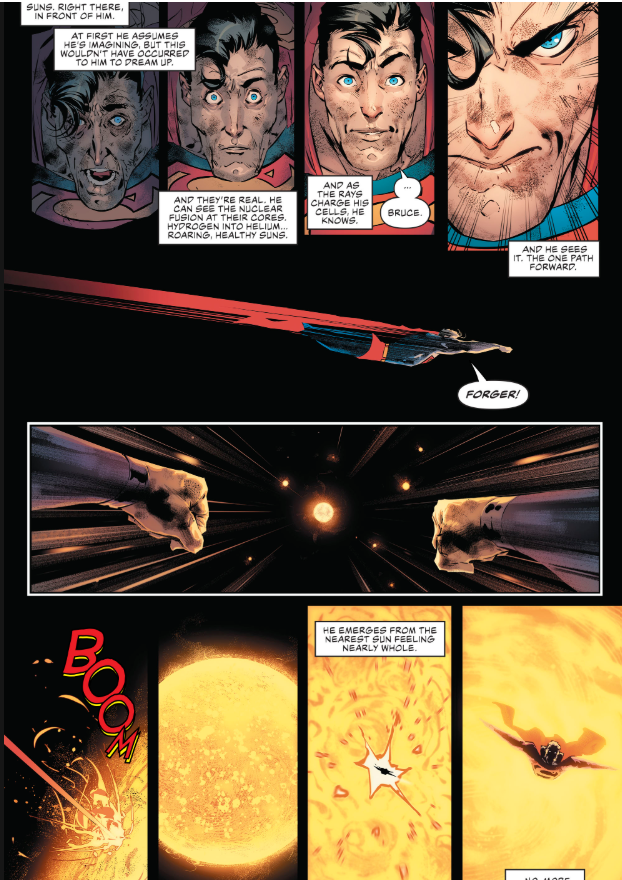-

Lloydblitzed Mr. Bambu Lloydblitzed wrote on Mr. Bambu's profile.
Can u check this calc

 vsbattles.fandom.com
vsbattles.fandom.com

Follow along with the video below to see how to install our site as a web app on your home screen.
Note: This feature may not be available in some browsers.




This is pretty correct except that an overarching timeline does not have two time axes, but only one, the latter being orthogonal to the time axes of the dimensions it contains and acting as you described.Hmmm... if I recall correctly, the principle of an overarching timeline comes when... eh, let me make an analogy:
Timeline A encompasses Timeline B, and Timeline A is been said to have its own time axis separate from Timeline B. Timeline A, as depicted as being a superior structure, contains Timeline A, and since Timeline B acts like a subset of Timeline A, manipulating the time and time travelling in Timeline A will also affect Timeline B as a byproduct. However, if manipulating the time in Timeline B and time travelling only in Timeline B, Timeline A won't be remotely affected at all. Hence, Timeline A is a hyper-timeline / overarching timeline and, therefore has a second time axis orthogonal to the main time axis that is inter-governed and parallelly aligned with Timeline B.
Also, since I don’t believe anyone’s asked you this directly, I might as well pose the question now. Say we have a multiverse encompassed by an overarching timeline. Obviously, this isn’t inherently Low 1-C since the overarching timeline can be a single time dimension servicing all of space-time. Let’s say however, that the lesser timelines are confirmed to harbor their own time dimensions. Would you then consider the overarching timeline to be a higher time dimension, and would you consider it an additional direction? If not, is supporting evidence like the examples you gave needed for specific ratings, or is it merely an alternative form of evidence?
Depends on what exactly dimension means in this context. Like, if it's very strictly mathematical to the point that we can conclude that they don't point in the same direction, then it would be fine. However, per default and I suspect in most cases we would find, I would instead assume it means they each have their own flow of time which may change independently of each other.
Good evidence can come in many forms and would need case-by-case evaluation. My examples are just about the only cases I could come up with that would be sufficient.
Overall I would say yes, the aspect of the stories and the fact that each dimension has its time axis would guarantee the fact that affecting the time axis of a microcosm will not affect that of the macrocosm but on the contrary the time of the macrocosm can affect that of the microcosms (proven with time travel on the World-lines). And yes it's the same as what you mentioned when considering World-lines and the Universe, where time travel didn't affect the Universe but just a World-line and so by extension all dimensions will have a similar characteristic.^^Is your case something like this?

The main purpose of this forum is to discuss how to properly index the statistics of characters from a wide variety of different fictional franchises.